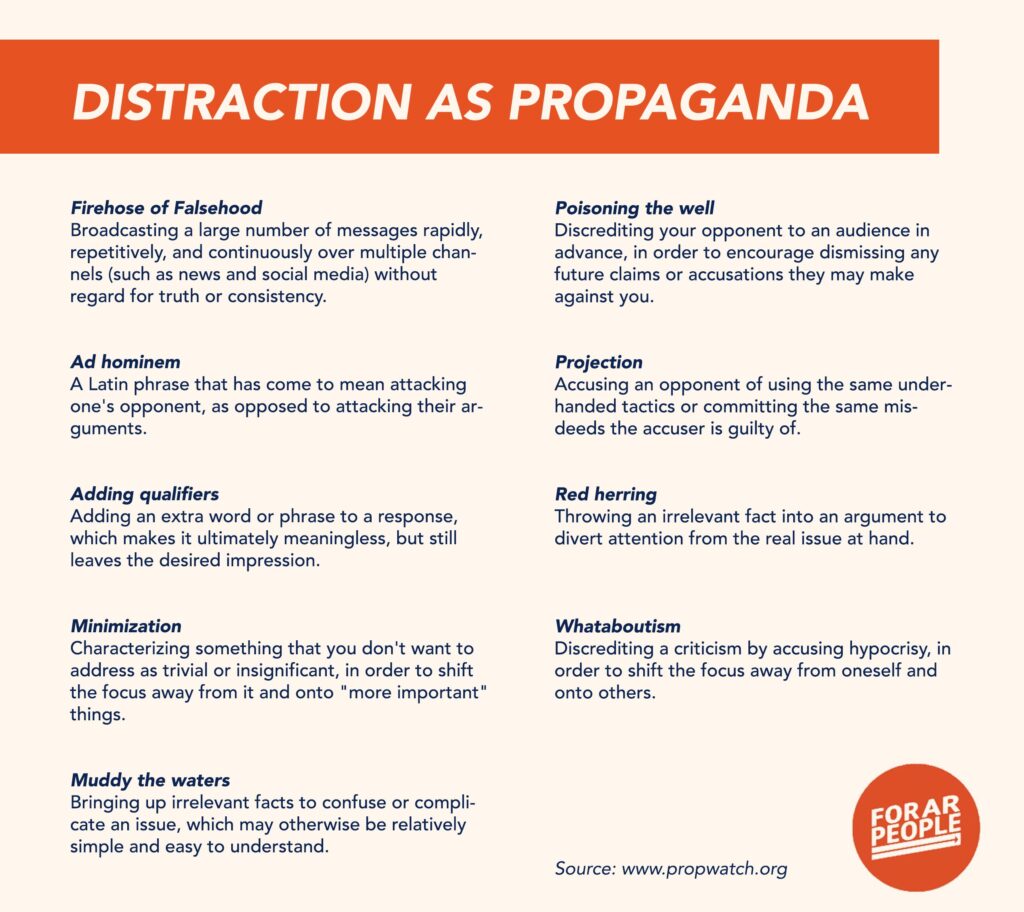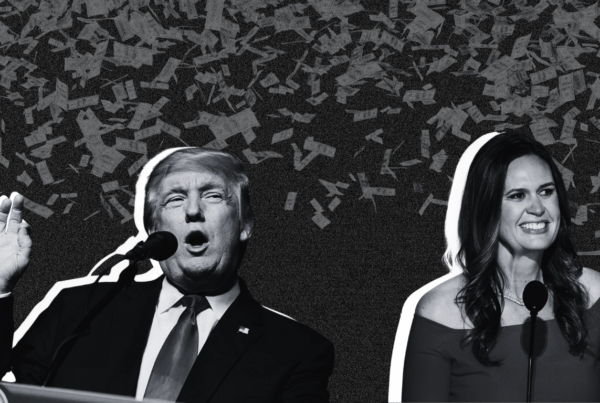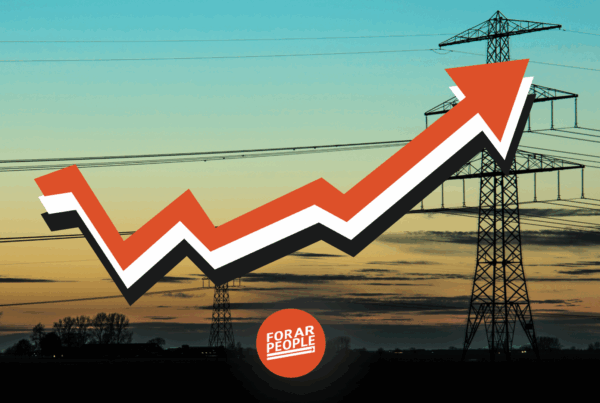Learn how Bentonville council members twist feelings into weapons
Our coverage on propaganda and disinformation helps Arkansans learn to spot how leaders divert attention or weaponize language to sway public opinion. We’re back with a new installment!
We’re going to examine how certain Bentonville City Council members use emotional manipulation, disinformation, and moral framing in an ongoing dispute over a public mural (for some background on the dispute, check out our prior coverage at this link). These tactics are subtle but worth recognizing and resisting.
For this piece, we grabbed statements from Thomas Saccente’s article, Bentonville City Council members face blowback over biker mural dispute, published in the Northwest Arkansas Democrat Gazette.
Victimhood framing + fear
In Saccente’s piece, Bentonville council member Aubrey Patterson framed herself and other councilmembers as victims, citing intimidation, fear, bullying, and threats to their livelihoods.
Painting oneself as a victim is a powerful manipulation tool because it taps into our protective instincts as human beings. When leaders claim they (or their community) are under attack, people often respond emotionally rather than critically. The goal is to spark that emotional response.
Why victimhood framing works: Fear is a primal motivator. Even with weak evidence, emotional pleas appeal to our basic human instincts.
Tip for readers: Ask yourself, “Whose safety is genuinely at risk? Are they presenting real threats? Or is this stoking anxiety to silence productive conversation?”
Religious justification + morality
Council member Beckie Seba tactically invokes religious language. For example, she uses phrases such as “made in God’s image,” and “He [God] doesn’t make mistakes” to oppose inclusion of trans rights.
The religious language is effective because it cloaks Seba’s exclusion in virtue. It’s a tactic of religious justification, making her feel as though she has the moral high ground rather than an oppressive position of power over her community.
Why religious justification works: Invoking faith provides emotional and moral authority. Opposing it risks appearing immoral. This is an incredibly effective manipulation tool, especially in places like Arkansas where many residents identify as evangelical Christians.
Tip for readers: Watch for biblically based arguments that are used to justify exclusion. Ask “Are these arguments rejecting ideas or people?” If so, it’s worth doing a double take and reexamining the arguments.
Preemptive victimization + label shielding
Seba also accused critics of making her appear a “bigot” or “transphobe.” These accusations are an example of preemptive victimization, which are intended to shield Seba from criticism. By claiming she’s been unfairly attacked, Seba wants to lower others’ guard and paint herself as a victim who rejects labels.
Why preemptive victimization works: If you feel someone’s being unfairly maligned, you may hesitate to challenge them, even if you have solid ground to do so.
Tip for readers: Ask whether the criticism Seba received is genuinely unfair, or if the criticism addresses real harm being done to our neighbors.
Appealing to comfort + safety
Council member Cindy Acree suggested modifying the mural for “comfort,” while also sharing she was “afraid to walk to her car.” Here Acree conflates her own emotional discomfort with the threat of physical danger.
Why appeals to comfort work: Calls for compromise or “not rocking the boat” appeal to moderates and those weary of conflict, even if the conflict is necessary to maintain justice and equality.
Tip for readers: Examine what’s being compromised. Is the call for comfort actually preserving privilege? If so, next ask if the call to comfort is actively marginalizing a particular group.
Symbol distortion
Opponents claimed the mural depicted a “transgender flag,” when it reality the mural only features loosely similar colors. This intentional misidentification (using pink and blue to claim a full trans flag) is intended to manufacture controversy and stir up outrage.
Why symbol distortion works: Visual misrepresentation draws emotional reactions before facts can catch up, especially on social media.
Tip for readers: Look closely. Are officials naming or showing exactly what’s there or exaggerating to provoke an emotional response?
Labeling it taxpayer-funded ideology; Projecting division
Some opponents have labeled the mural as “taxpayer-funded ideology.” This framing takes inclusive art and distorts it into misuse of public funds. Labeling it “divisive” also flips the narrative. The narrative shift intends to make inclusivity appear to be the problem; in reality, the taxpayers asked for the mural.
Why labeling it “taxpayer-funded ideology” works: Fiscal arguments tap into accountability values; labeling flips blame and justifies exclusion as a means to protect unity.
Tip for readers: Ask: “Is this about the budget or the message”? Are they drawing false equivalences between art and policy?
Why these tactics are so effective
Drawing from our earlier posts on distraction, propaganda, and language manipulation, the tactics are successful because:
- They employ emotional shortcuts. Fear, morality, safety, and victimhood are more powerful than reason and the facts.
- They reframe the issue. Shifting the debate from the mural’s content to deeply embedded personal values (safety, compromise, taxpayer dollars) effectively silences critical thinking.
- They provide moral cover + authority. Religion, safety, and unity are values cloaked in virtue. Once you establish what is virtuous, the opposition will seem antagonistic, hateful, or radical.
- They project + deflect. Calling inclusive imagery “divisive” intentionally protects the status quo.
What you can do: spot • question • respond
Name the tactic. Labeling manipulation tools like the ones above help clarify intent and impact.
Ask clarifying questions. Are there real threats? Is this about content or discomfort? Whose comfort matters here?
Look for inconsistencies. If safety is claimed, why won’t they name real threats? If it’s about taxpayers, what else is taxpayer-funded?
Call it out publicly. Disinformation thrives in silence!
When you hear elected officials shift from what it says to how it makes us feel, it’s time to PAUSE.
The tactics we discussed are not neutral discussion frames; they’re emotional levers meant to provoke feelings, either negative or positive. Being able to call them out is like a superpower. When you tap into this superpower, you can see past the rhetoric to better understand the real issue.






